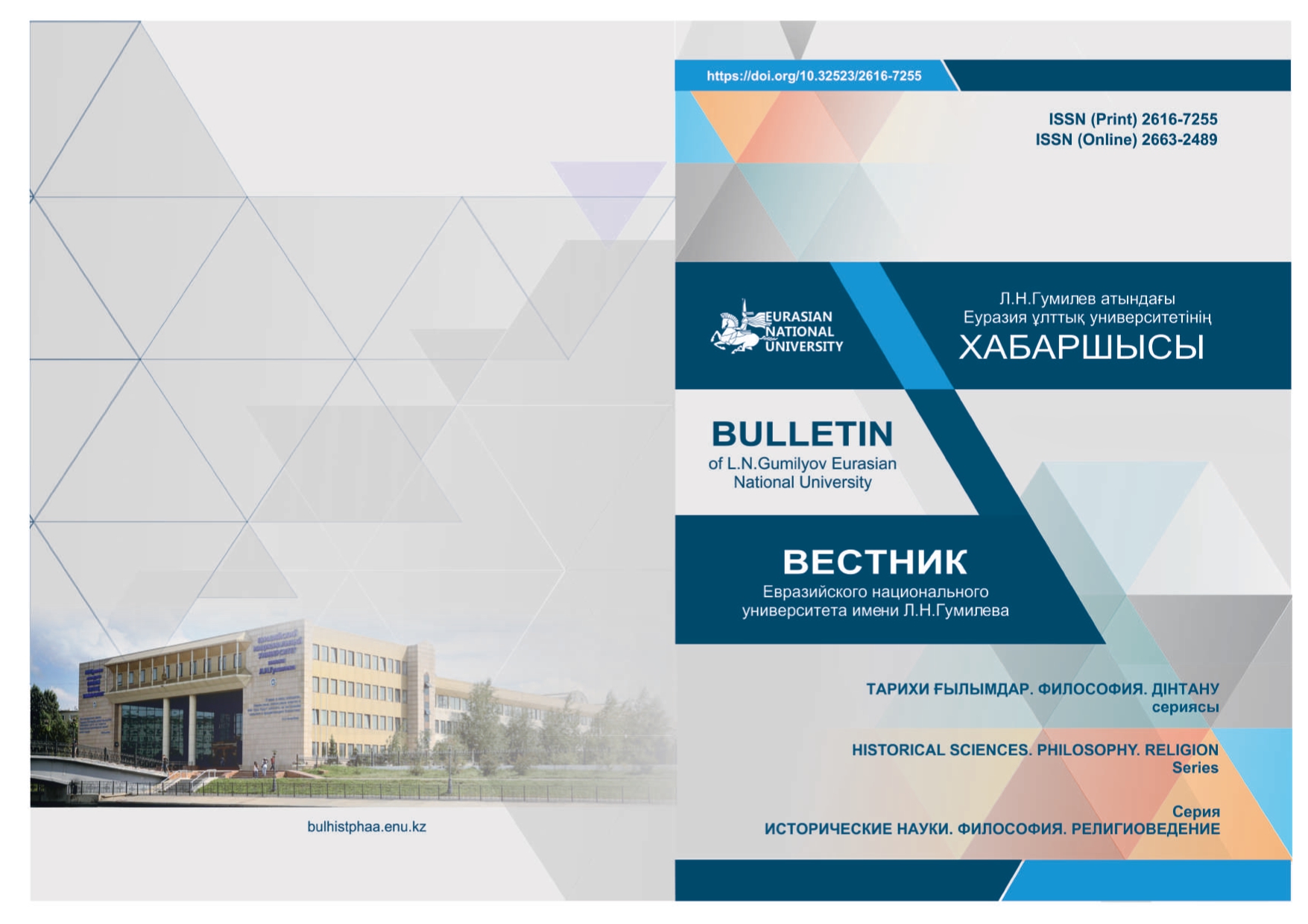Everyday Religious Life of German Population in North Kazakhstan Region in the late 1950s
Views: 332 / PDF downloads: 479
DOI:
https://doi.org/10.32523/2616-7255-2023-145-4-92-109Keywords:
history; virgin land; policy religious; everyday lifeAbstract
The article examines the everyday religious life of the German population in the late 1950s. In these years Kazakhstan became a place of virgin and fallow lands development, there was also a tightening of anti-religious policy after the XX Congress of the CPSU and the intensification of anti-religious struggle. The harsh attitude of the Soviet state towards religion did not prevent the Germans from adhering to their religious principles and national cultural values. Since their arrival in Kazakhstan the German population managed to establish strong economic communities with their own culture, ethnic identity and religious traditions. The religious everyday life of the German population is analysed based on secret memorandums of the Commissioner of the Council for Religious Affairs of the North Kazakhstan region V.P. Lyapunov, which allowed the authors to examine the variability of the everyday religious life of the German population and demonstrated the vitality of religious traditions and rituals. The authors focus on the religious practices of German communities, who made efforts to preserve their culture and identity amidst the anti-religious struggle. The conclusion is that despite the opposition of state and party organs, the proportion of believers and sympathisers of religion in this period in northern Kazakhstan was quite significant
Downloads

Downloads
Published
Issue
Section
License
Copyright (c) 2023 Zhanna S. Mazhitova, Kulpash M. Ilyassova, Gaukhar S. Shamshiyeva, Ainur T. Shukeyeva, Altyn T. Yespenbetova, Marat Z. Utegenov

This work is licensed under a Creative Commons Attribution-NonCommercial 4.0 International License.







